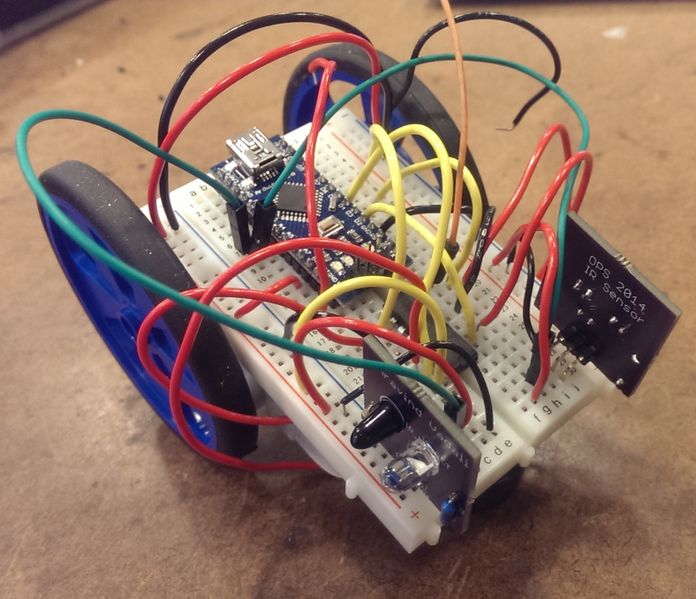My Projects
Here's what I've been up to
These projects, both personal and professional, underline my most recent growth. See something you wanna know more about? Email me! From each experience, I take a little something away with me that shapes who I am and what I seek in my career. What better way to know someone than to see the projects he's worked with?
For the cold hard facts about me:



